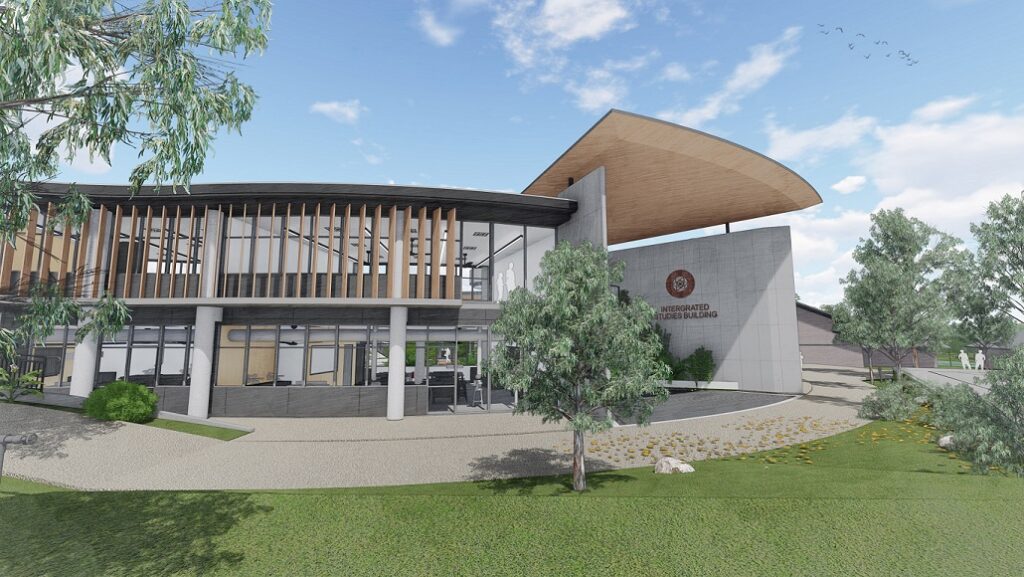
It’s full steam ahead for a new $12.5 million state of the art learning facility at Macarthur Anglican School.
And while it has a working title as an Integrated Studies Building (ISB), the facility will be dedicated to the integrated teaching of science, technology, engineering, arts and mathematics, or STEAM.
“The new facility will provide an innovative teaching and learning space fit for the demands of twenty-first century learning to prepare our students for the future job market,’’ says Dr David Nockles, the headmaster of Macarthur Anglican School.
“Through the creation of these modern dedicated spaces we intend to build on our current initiatives and underpin the academic success of students within the scientific, technological, and artistic disciplines,’’ he said.
“The construction of a purpose built building is vital for the ongoing development of integrated studies education at Macarthur, both today and into the future.
“Solid, technologically advanced classrooms are also vital to provide our students with the best educational environment possible.”
The building will incorporate:
- Purpose designed science and agriculture laboratories
- design and technology workshops
- textiles and clean design studio
- information, computing and technology rooms
- demonstration and lecture theatre
- staff room with associated facilities.
The earthworks for the project have begun and it is expected to be ready for use by students and teachers in about 12 months.
Macarthur Anglican School has a strong history of preparing its graduates for work in the science and engineering fields.
A wonderful example is former student Dr Joseph Bevitt, who completed Year 12 in 1997 and has gone on to become a celebrated scientist at the neutron imaging facility at the Australian Nuclear Science and Technology Organisation (ANSTO).
Dr Joseph Bevitt is a world leader in the application of neutron imaging for palaeontology, archaeology, and cultural heritage.
As well as collaborating with both Australian and international museums and universities,
Dr Bevitt also engages with industry to achieve commercial applications of neutron tomography.
He is also a keen science communicator with a particular interest in the education, development and mentoring of young scientists.
Dr Bevitt will be welcomed back to the school next year to enjoy the new facility and speak with the students.
